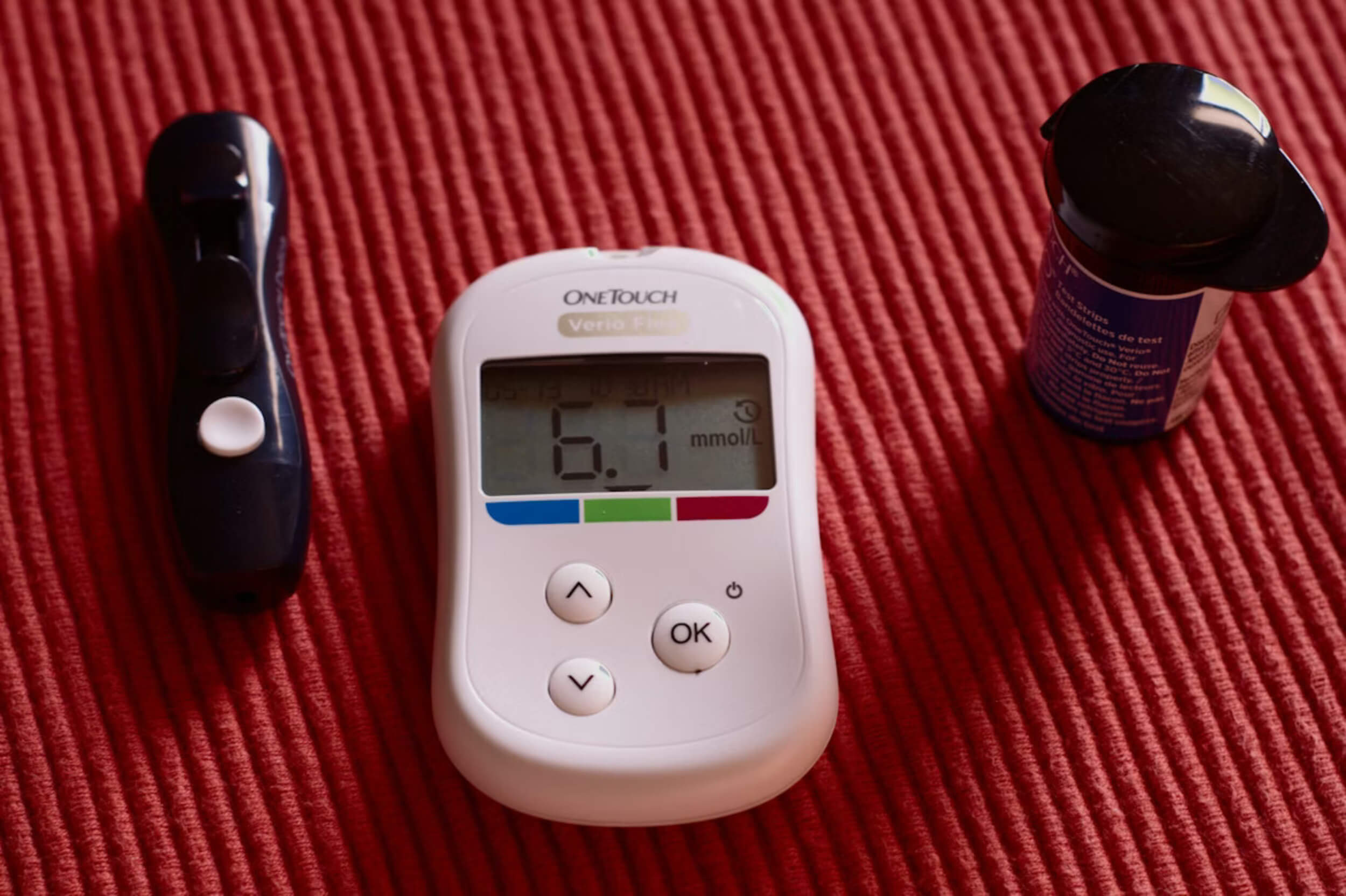Some days, it feels like yelling is the only thing that gets your kids to listen. You’ve tried being patient, repeating yourself, even counting to three—but nothing seems to work until your voice goes up.
The problem? Yelling might stop the behavior for a minute, but it doesn’t fix the real issue. Over time, it can push your child away, build fear instead of respect, and leave both of you feeling worse.
Studies have shown that yelling too often can lead to more anxiety, low self-worth, and acting out. It doesn’t teach—it just creates distance.
So what’s the better way forward? Parenting without yelling isn’t about being perfect—it’s about learning small changes that bring more peace into your home. With the right tools and mindset, you can stay calm and still get your child to cooperate. Let’s look at how to make that happen.
The Hidden Costs of Yelling (And What It Teaches Your Child)
At first, yelling might seem like it works—your child stops, listens, or backs down. But what’s really happening underneath?
- Kids often follow orders out of fear, not understanding.
- Yelling shows them that loud voices solve problems, so they may start yelling back.
- It teaches survival, not thinking. Their brain goes into “fight, flight, or freeze” mode instead of learning how to handle situations calmly.
- Over time, yelling can cause more defiance, not less.
- Emotional safety breaks down, and your child may stop coming to you when they’re upset.
Parenting Without Yelling means looking at long-term results. Do you want your child to fear you—or to trust you, even in hard moments? If you want to raise a child who can solve problems and stay calm under stress, yelling won’t get you there. The good news is: there’s a better way—and it starts with what happens before things boil over.
Before You React: What Makes You Yell in the First Place?
Yelling usually isn’t about the toy on the floor—it’s about what’s already bubbling inside you.
Think about what tends to set you off:
- Messes you just cleaned up
- Sibling fights
- Being ignored after asking three times
- Feeling tired or stretched too thin
These are common triggers, not signs that you’re a “bad parent.” Truth is, yelling is often a sign that you’re overwhelmed—not that your child is out of control.
Instead of waiting for things to go wrong, take a moment to plan for them:
- Pause when you feel tension rising
- Take a breath, lower your tone, walk away if needed
- Remind yourself: You don’t need control—you need connection
Parenting Without Yelling starts with knowing your triggers and learning how to respond differently, even when emotions run high.
Real-Life Parenting Strategies That Work Without Yelling
Trying to stay calm in the chaos isn’t easy—but these grounded strategies have helped many parents turn things around.
These habits don’t require perfection—just small changes that make a big difference over time. If you’re ready to practice parenting without yelling, here are seven simple approaches that actually work.
1. Focused One-on-One Time Builds Cooperation
When kids feel ignored, they act out to get your attention—even if it means negative attention. One way to stop this cycle is to give them short bursts of your full focus. Just 10 minutes a day, one-on-one, can go a long way.
Let them choose the activity: build blocks, read a book, make funny faces—whatever they enjoy. What matters most is that you’re fully present. No phone. No multitasking.
This short time fills their emotional cup and helps them feel seen. And when kids feel connected, they’re much more likely to listen and cooperate.
2. Whisper Instead of Raise Your Voice
Raising your voice makes your child feel unsafe. Whispering does the opposite—it pulls them in.
It might feel strange at first, but speaking softly in tense moments makes your child stop and pay attention. They have to quiet down to hear you.
Whispering also helps you stay calmer. Your body stays relaxed, and your tone doesn’t trigger more stress in the room. Try it during the next meltdown—you’ll be surprised how fast it changes the energy.
3. Use “When/Then” Statements for Clarity
Saying “Clean up now or no tablet” often leads to arguments. Instead, try this: “When your toys are put away, then you can play on your tablet.”
This approach gives a clear plan. It’s not a threat—it’s just the order things happen. Kids start to understand that their choices have outcomes.
It also gives you a break from repeating yourself or feeling like the bad guy. You’re simply sticking to a routine that’s already been set. This kind of consistency supports parenting without yelling and helps kids feel more in control, too.
4. Practice Calm Body Language and Tone
How you look and sound matters just as much as what you say.
Even if you’re upset, keeping your tone calm and your face soft helps your child stay calmer, too. If you yell with wide eyes and stiff posture, they react to the tension. But if you kneel to their level and speak gently, they feel safer.
Your calm energy teaches them how to handle tough moments. Over time, they’ll mirror what you model. Staying steady during chaos is one of the strongest tools in parenting without yelling.
5. Validate Their Feelings—Without Giving In
Sometimes kids just want to know they’ve been heard. Saying “I know you’re upset” or “I get that you’re frustrated” can calm things down fast.
This doesn’t mean you’re letting them get their way. It means you’re showing them it’s okay to feel big emotions—and still stick to the rules.
For example: “I know it’s hard when we leave the park, but it’s time to go now.” That simple sentence builds trust and teaches them that even when things don’t go their way, you’re still on their side.
6. Set Clear Boundaries Before Chaos Hits
Kids don’t do well with surprises—especially when it comes to rules.
Let them know what’s expected before the situation starts. Try: “We’re going into the store just to buy bread and milk. No toys today.”
By setting clear limits ahead of time, you lower the chances of whining or pushing back. You also avoid the need for last-minute decisions that might lead to yelling. Clear rules are one of the most helpful habits in parenting without yelling.
7. Use Visual or Physical Cues Instead of Words
Saying the same thing over and over gets tiring—and eventually, kids stop listening. That’s where visual or non-verbal cues come in.
Try pointing to a picture chart for morning routines, giving a thumbs-up when something’s done right, or using a gentle touch on the shoulder to redirect. These small actions often get better results than repeating instructions.
Visual cues make expectations easy to follow. They also take the pressure off both of you, helping things run more smoothly without the need to raise your voice.
What If You Slip and Yell? How to Repair the Moment
Even parents with the best intentions lose it sometimes. You’re human—and raising kids is no small task.
What matters most isn’t being perfect. It’s what you do after the yelling happens. Instead of beating yourself up, try repairing the moment.
Say something like, “I got upset earlier and yelled. That wasn’t okay, and I’m working on staying calm.”
This simple step teaches your child how to take responsibility without shame. It shows them how to handle mistakes with honesty and care. That’s the heart of parenting without yelling—growing together, even through the mess.
Final Thoughts on Parenting Without Yelling
You don’t have to be a perfect parent to raise good kids.
What really matters is showing up, staying steady, and trying again. Parenting without yelling isn’t about having quiet kids—it’s about building real connection.
Use the tools that work best for your family. Keep what helps. Adjust what doesn’t. And give yourself room to grow.
Peaceful parenting is possible—one calm choice at a time.















